While walking through a home show not long ago I came across a product that has always intrigued me, the laundry wash ball, some kind of magic bean that washes clothes without detergent. Curious but skeptical, I circled in for a closer look.
As the Ecohome Network is considered a trusted source of green building and healthy home information, we often are asked by manufacturers (and some snake oil peddlers) to feature purported ‘eco-friendly’ products that are actually just greenwashing. I have heard of Soapnut DIY laundry soap, DIY laundry soap from Horse Chestnuts as well as Tru-Earth Laundry strips which we reviewed here, and since we are forever on the search for non-toxic home cleaning products, I decided to give wash balls a try.
“Laundry wash balls wash clothes well and save money” – do they?
The brand I purchased (which shall remain nameless) promises first of all, laundry cleaned without harsh detergents and perfumes, but also great savings on what you normally spend on laundry detergent. One ball can apparently do 365 washes, or the equivalent of 20 to 40 containers of laundry detergent, depending on the product.
The cost per load of wash is estimated at ¢13 per load, compared to ¢37 (on average between ¢29 and ¢43 per load) for conventional laundry detergent. That is our math based on the retail cost of $45 for this particular product plus tax and $7.50 for shipping - though we did find similar products online for less too.
How do you use laundry washing balls?
The ball consists of a plastic shell filled ceramic balls containing minerals, and two magnets. According to the manufacturer, these elements create "oxygenated" water, which has a higher pH level that helps eliminate germs and bacteria.
We read on the company website that the cleaning is done mechanically and not chemically (as in no detergents) by reducing the size of the “water clusters” into “micro-clusters” making it easier to reach the pores of the fabric and dislodge particles of dirt.
The wash ball is compatible with top-loading washing machines as well as high-efficiency front-loading machines, but cannot be used in any machine that combines the wash and dry cycle. And they’re suitable for all types of fabrics, even delicate fabrics like silk and wool.
The manufacturer recommends washing in cold water (hot water could damage the ball) and states that no additional laundry detergent or fabric softener is needed; specifically - bleach is to be avoided.
The results of our landry wash ball tests:
I did four tests in all, with 4 washing cycles in normal mode (cold water + ‘colors’), with different materials. My washer is a fairly new Samsung high-efficiency front loader.
Test 1. Washing polyester sweaters
To my surprise, after washing in a normal cycle at low temperature, the smell of ‘me’ aka – my perspiration : ) has completely disappeared and my sweaters look clean. Test one I can call a success.
Test 2. Washing cotton sweaters
This did not go quite as well, and I noticed my clothes didn’t smell or look as clean and fresh as I had expected after being pleasantly surprised by the first test. So, I rewashed them but this time with conventional Eco logo certified liquid laundry soap, but that didn’t do much better, so I guess I can’t really blame the laundry balls. Moving right along…
Test 3. Washing of cotton cloth with coffee stains
After washing, the stains were still present although very pale. On the other hand, the tea towel no longer has any smell and seems clean. Considering that a coffee stain is not easy to remove even with conventional laundry soap, I was happy enough with the result and did not feel a need to wash it again.
The company website specifies that the ball does not contain a specific stain removal agent and they suggest also purchasing their stain remover which retails for about $15 with tax and shipping.
Test 4. Washing cotton sweaters with wash ball and baking soda
By adding two tablespoons (30 ml) of baking soda and washing my sweaters with the laundry ball, my body smells were virtually gone. Baking soda seems to be a pretty good companion for these balls.
Do detergent-free laundry balls work? my conclusions:
It’s hard to come to a clear verdict as four tests may not have really been enough. And I did not test the ball with a full load of laundry; that prevented me from seeing the effectiveness of the ball depending on the type of clothing.
Overall I would say that I was a little bit disappointed with the unequal results. I am left with the impression that the washing machine, the type of fabrics and the type of wash cycle chosen - wash time, spin speed, temperature, etc., play a large part in determining just how well detergent-free laundry balls work.
What I find though, is that the inclusion of baking soda in the mix with the wash ball (that was recommended on the company website for hard water) provided results that did impress me. Water hardness is an indicator of the level of minerals present in the water, and soaps are less effective in hard water because it reduces their foaming ability.
So overall, this was perhaps not the cleanest my clothes have ever been, but the baking soda did really help. And the very real impact on the environment makes it worth it - infinitely less plastic production, waste, and shipping. Maybe the solution is to have laundry balls for general use with lightly soiled items, but also an eco-friendly laundry soap with a bit more bite in it for dirtier loads.
In the long run, it is left up to the consumer's own values, and balancing the appearance of our clothes and household fabrics with reducing the impact on the environment.
I think we might also be tempted to try more affordable laundry balls we found online here. Watch this space !
Now you know about the dangers of microplastics in drinking water, find more pages about reducing the use of plastics and other green lifestyle choices in these pages :
Find more about green home construction in the Ecohome Green Building Guide pages - also, learn more about the benefits of a free Ecohome Network Membership here. |

















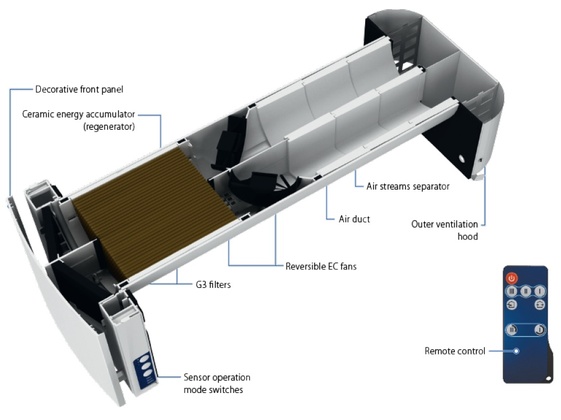








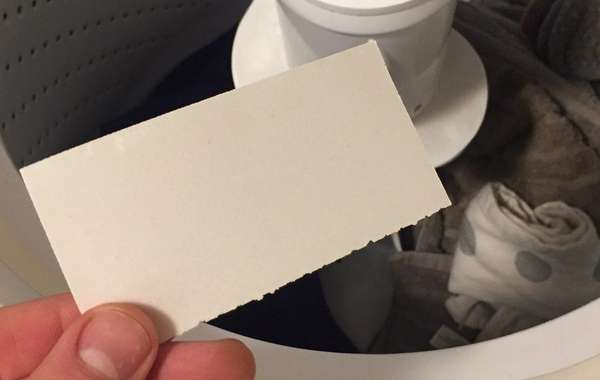
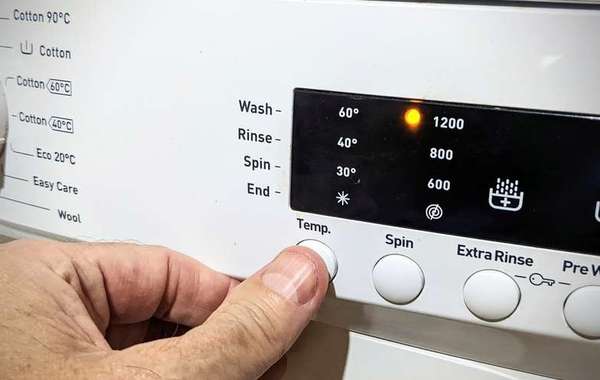
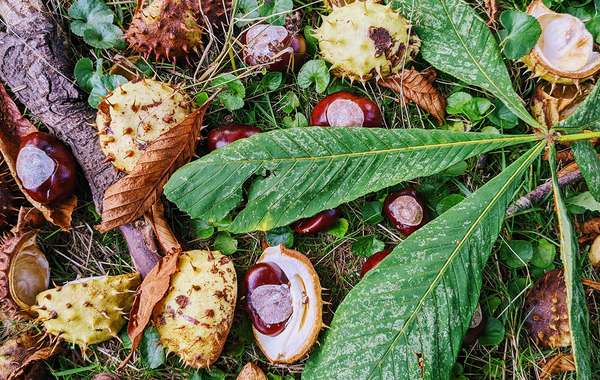


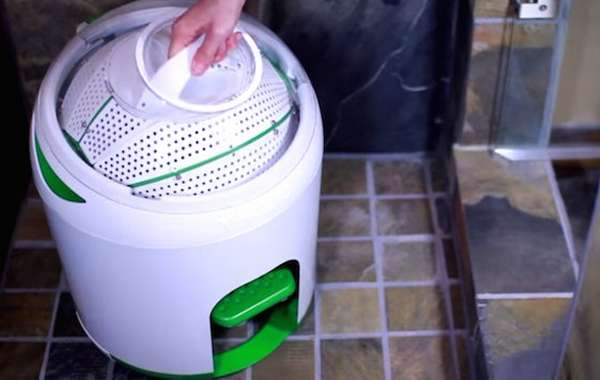
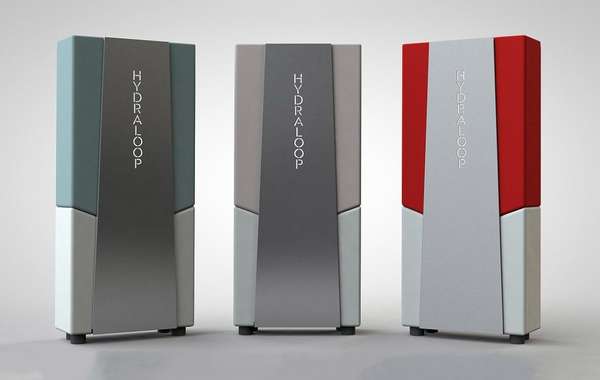



Comments (0)
Sign Up to Comment